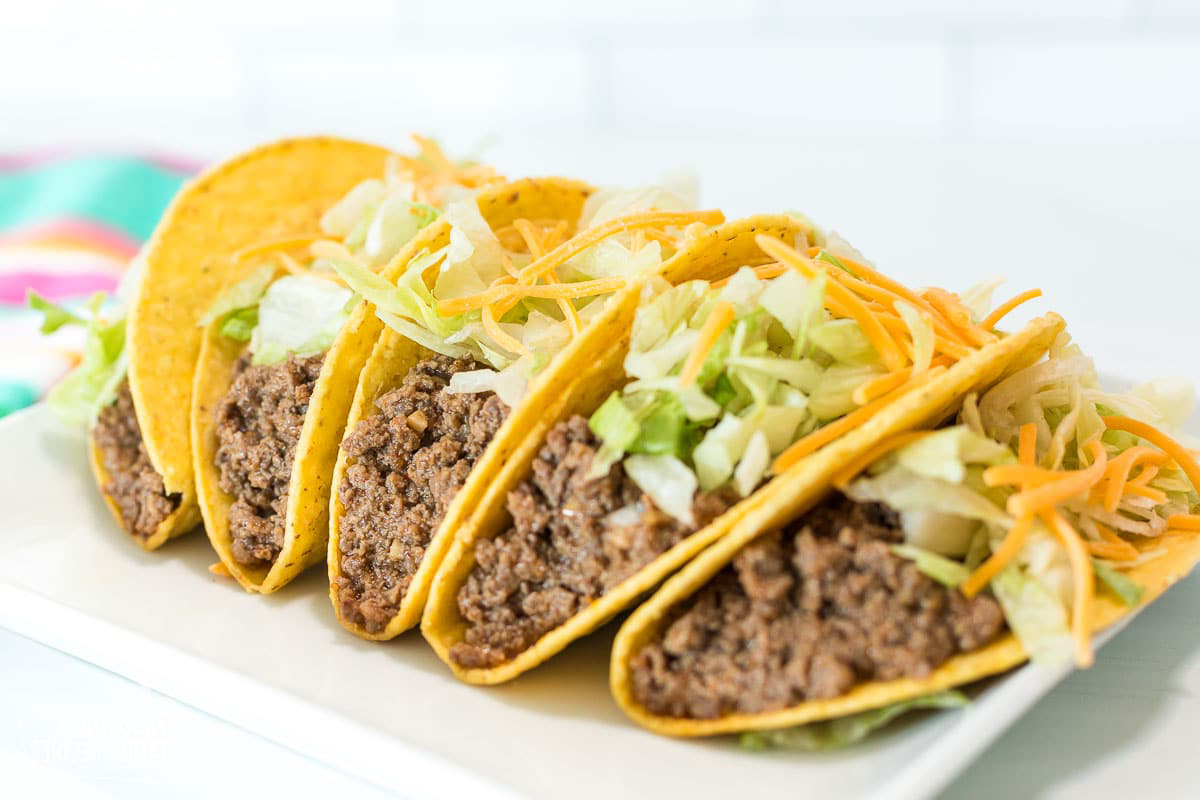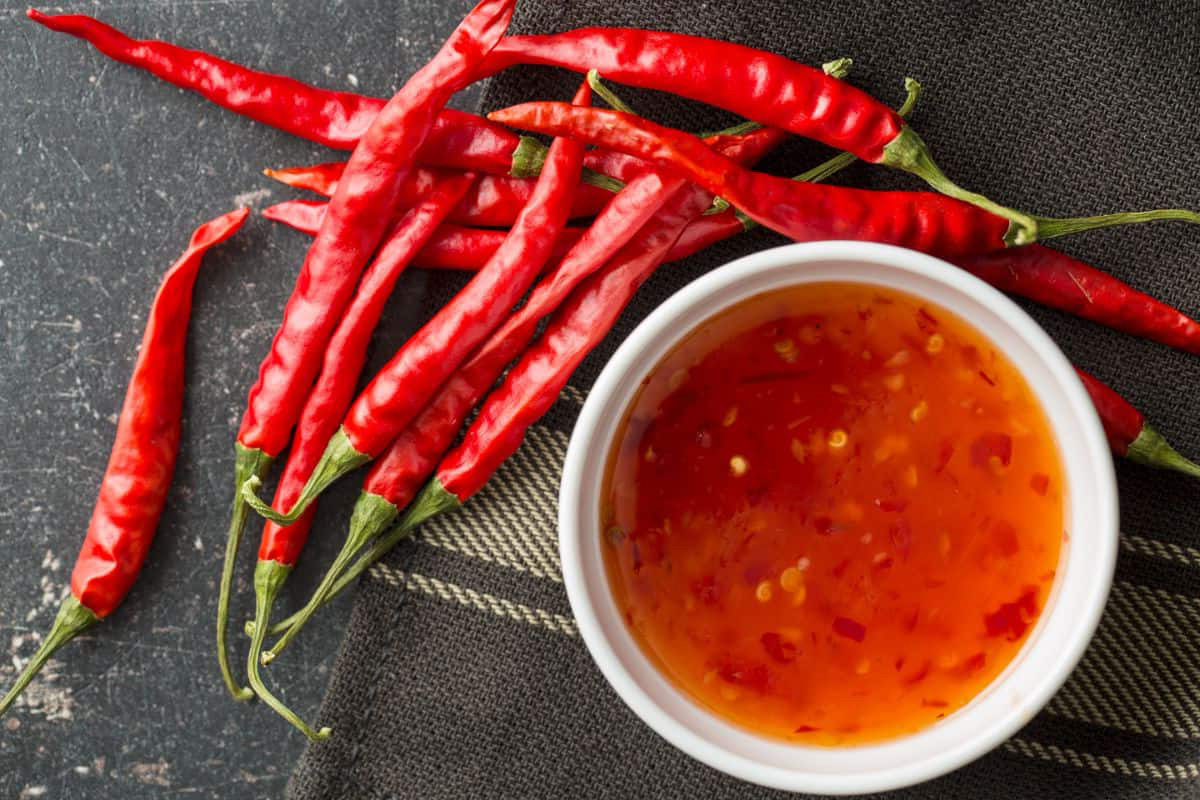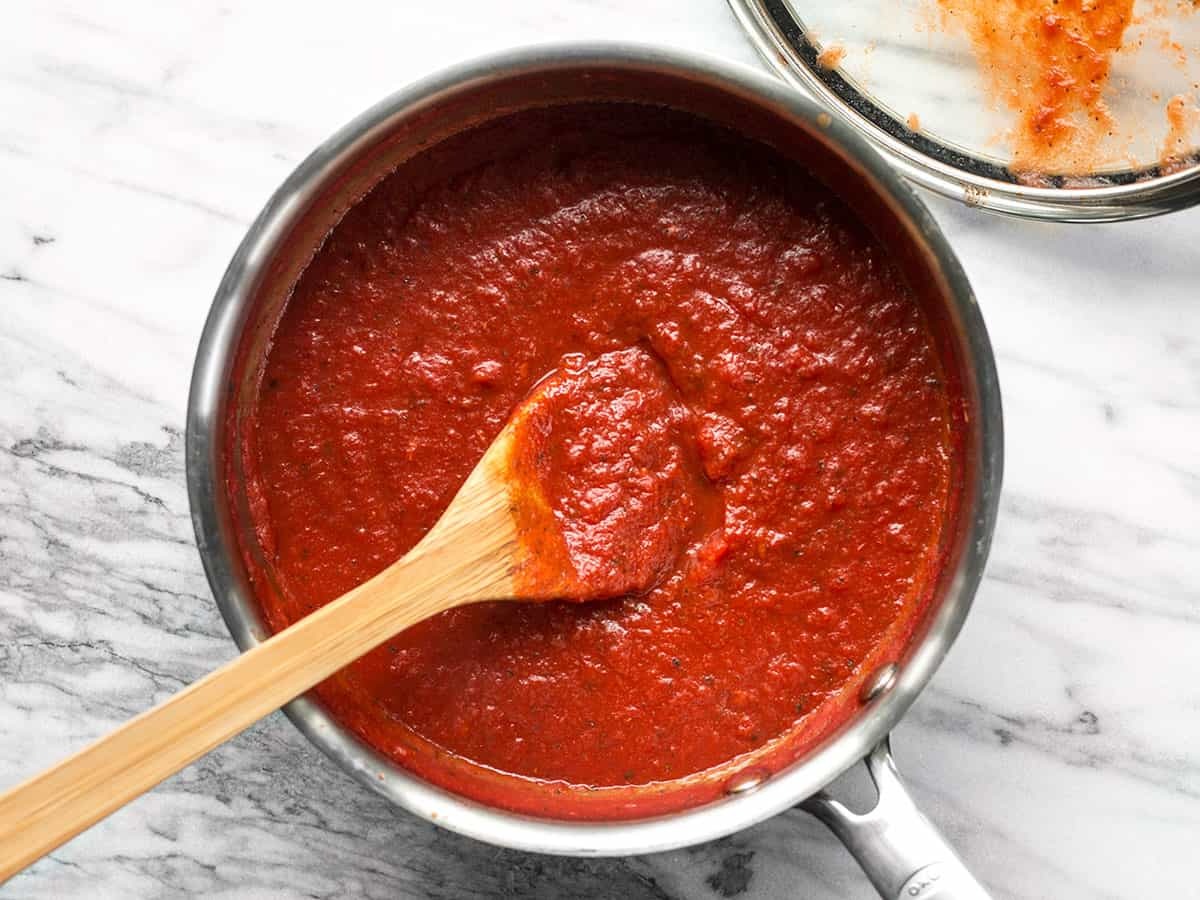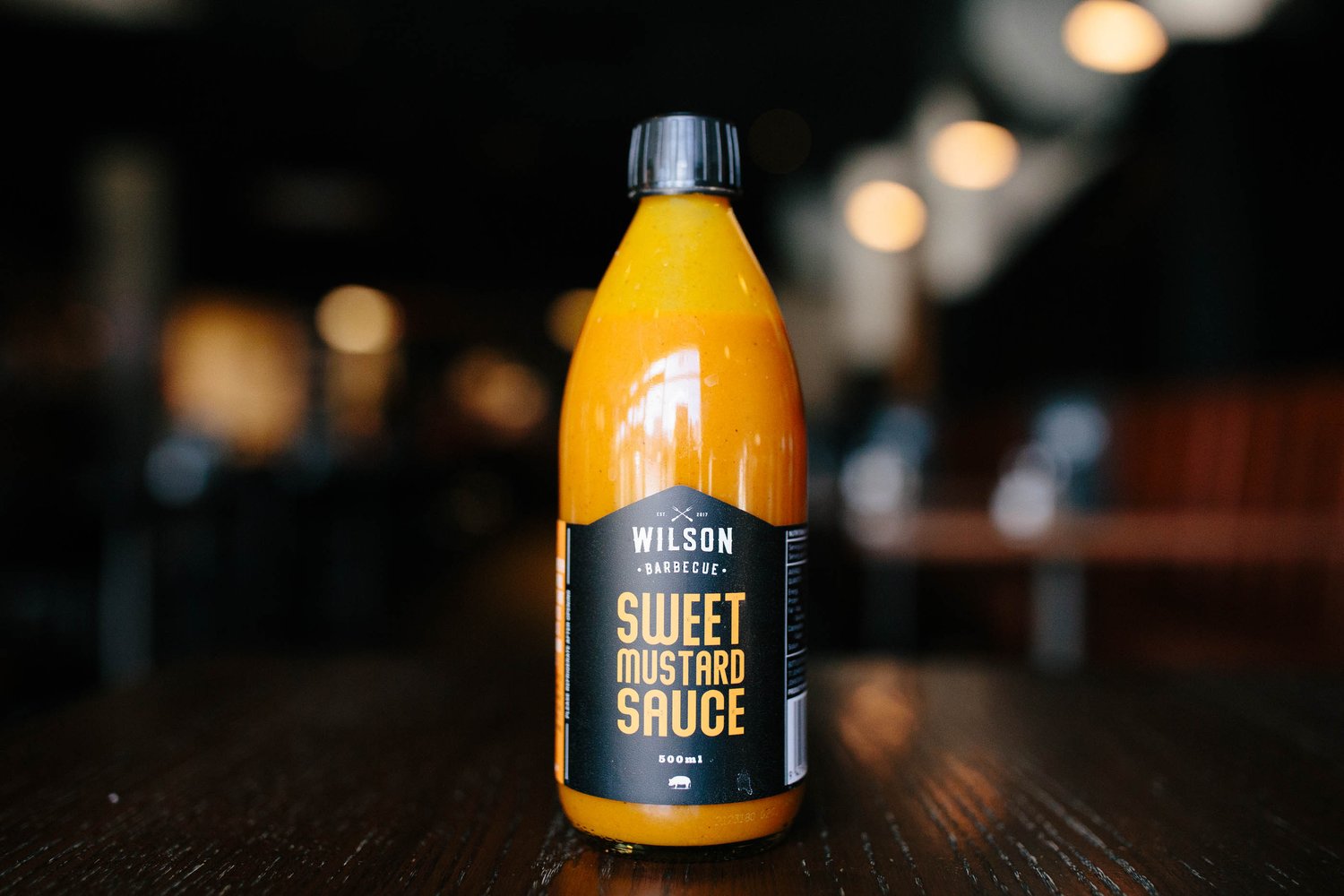Discovering the Delightful Guanabana
Have you ever heard of guanabana? This exotic fruit, also known as soursop, is a tropical gem that is gaining popularity for its unique flavor and potential health benefits. Let’s delve into the world of guanabana and uncover what makes it so special.
What Does Guanabana Look Like?
Guanabana is a large, spiky green fruit with a soft, white flesh inside. The flesh is dotted with dark seeds and has a creamy texture, similar to a ripe banana. The flavor is a delightful combination of tangy and sweet, often compared to a mix of pineapple and strawberry with hints of citrus.
Where Can You Find Guanabana?
Guanabana is native to the tropical regions of the Americas, including countries like Mexico, the Caribbean, and parts of South America. It thrives in warm, humid climates and is often found in local markets and grocery stores in these regions. In recent years, it has also become more widely available in other parts of the world, thanks to increased demand for exotic fruits.
Health Benefits of Guanabana
Aside from its delicious taste, guanabana is believed to offer a range of health benefits. Some studies suggest that it may have antioxidant properties and could potentially support immune function. Additionally, the fruit is a good source of vitamin C, fiber, and several important nutrients.
Key health benefits of guanabana include:
- Rich in antioxidants that may help protect cells from damage
- High in vitamin C, which supports a healthy immune system
- Contains fiber, which is important for digestive health
Ways to Enjoy Guanabana
Guanabana can be enjoyed in a variety of ways. The most common method is to simply scoop out the flesh and eat it fresh. Some people also blend the flesh into smoothies or use it to make refreshing juices. In certain cultures, guanabana is used to create creamy desserts like ice cream or custard. The versatility of guanabana makes it a fun and exciting ingredient to experiment with in the kitchen.
Conclusion
Whether you’re drawn to guanabana for its unique flavor or its potential health benefits, there’s no denying that this tropical fruit has a lot to offer. Keep an eye out for guanabana in your local market and give it a try – you might just discover a new favorite fruit!
So, the next time you’re looking to add some excitement to your fruit selection, consider reaching for a guanabana. Its delicious taste and potential health perks make it a standout choice in the world of tropical fruits.
Was this page helpful?
Read Next: What Is Crispy Beef











